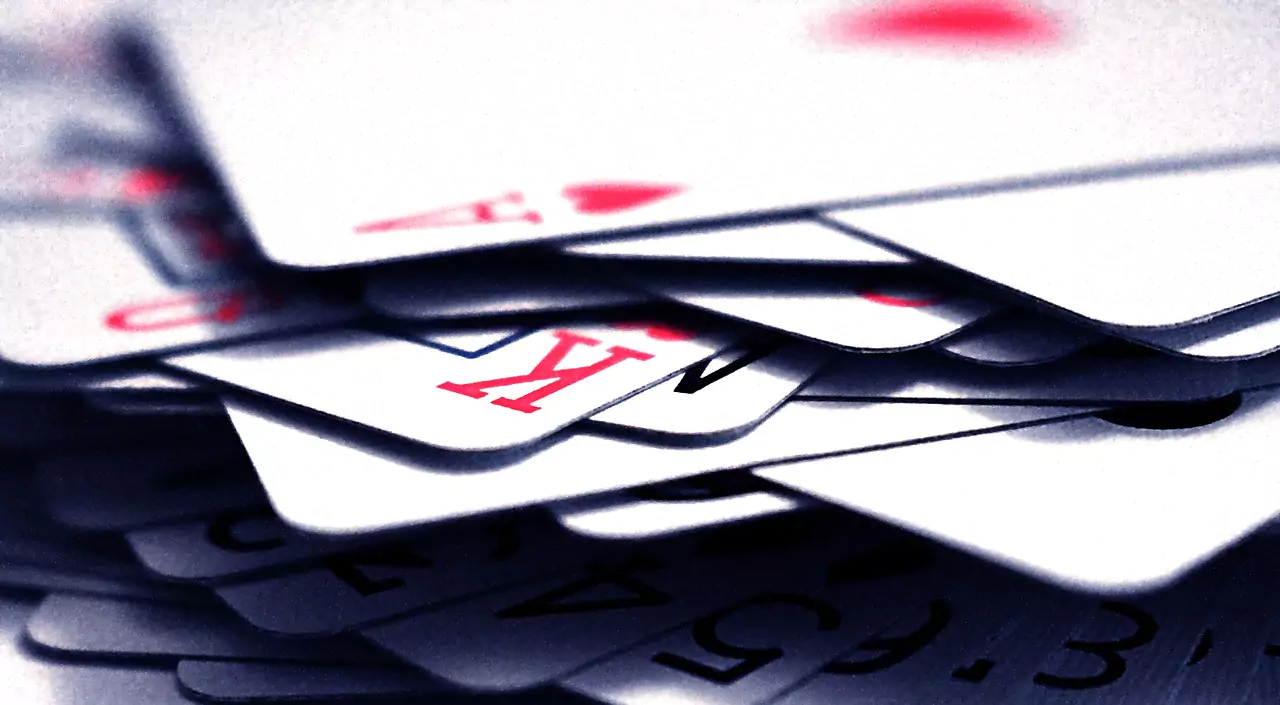In the realm of poker, where strategy, psychology, and chance converge, few elements carry as much weight as the concept of blinds. These seemingly routine forced bets, executed by the small blind (SB) and big blind (BB) before the cards are even dealt, lay the foundation for the strategic dance that unfolds in every hand. Join us as we delve into the world of blinds, uncovering their origins, dissecting their strategic significance, and exploring the nuanced dynamics they introduce to the poker table.
The Prelude: Origins of Blinds in Poker
At the core of poker’s structure lies the concept of blinds, an integral component that adds depth to the game’s strategic landscape. As the dealer shuffles the deck, the small blind and big blind take their positions, ready to contribute forced bets that initiate the betting rounds.
The Small Blind (SB): Initiating the Dance
Positional Challenge: Seated to the left of the dealer, the small blind faces the challenge of initiating the betting without having seen any cards. This positional disadvantage requires the small blind to navigate the unfolding hand cautiously.
Forced Investment: The small blind’s journey begins with a forced bet, usually half the minimum bet for the hand. This financial commitment is made blindly, adding an extra layer of complexity to the small blind’s strategic decisions.
The Big Blind (BB): The Last Defender Pre-Flop
Closing the Action: Positioned to the left of the small blind, the big blind has the privilege of closing the betting action for the pre-flop round. This advantageous position grants the big blind insights into the decisions of other players before making their own.
Forced Investment: The big blind, a larger forced bet equal to the minimum bet for the hand, sets the stage for the post-flop dynamics. This forced investment, while more substantial than the small blind’s, comes with the benefit of late position.
Pre-Flop Dynamics: The Initial Chess Moves
As the first cards are dealt and the pre-flop betting ensues, the strategic ballet of blinds takes center stage, with the small blind and big blind facing distinct challenges.
Small Blind Strategy: The small blind, having made a forced bet without the advantage of card knowledge, must decide whether to complete the bet to the minimum or raise. This decision hinges on factors such as hand strength, opponent tendencies, and the potential for future betting rounds.
Big Blind Advantage: Armed with knowledge from the small blind’s actions and positioned at the end of the betting order, the big blind can make more informed decisions. This positional advantage allows the big blind to choose between checking, raising, or folding based on the overall table dynamics.
Post-Flop, Turn, and River: The Unfolding Drama
As the community cards are revealed, the dance of blinds continues through the post-flop, turn, and river rounds, each stage influencing the decisions of the small blind and big blind.
Small Blind Challenges: The small blind, having committed a forced bet, faces the challenge of defending or folding based on the evolving community cards. Acting first in each betting round, the small blind lacks the advantage of information, demanding astute decision-making.
Big Blind’s Last Act: With the advantage of late position, the big blind takes their turn in the spotlight during post-flop, turn, and river rounds. This allows the big blind to make decisions based on a more comprehensive view of the table dynamics, potentially exploiting the vulnerabilities of opponents.
Blind Steal: Unveiling a Strategic Maneuver
Within the strategic arsenal of poker, one finds the nuanced play known as the “blind steal.” Occurring predominantly in late positions, a blind steal involves a player attempting to win the pot by making a significant raise when the small blind and big blind likely have weak hands. This maneuver capitalizes on the inherent challenge blinds face in defending their forced bets, aiming to force them to fold and claim the pot without a showdown.
Blind vs. Blind Battles: The Duel Within
When the action narrows down to the small blind and big blind, a unique dynamic known as “blind vs. blind” emerges. In these scenarios, both blinds must navigate the compressed betting positions and the absence of positional advantage.
Small Blind Aggression: Recognizing its positional vulnerability, the small blind may choose an aggressive approach, utilizing raises and re-raises to assert dominance. This aggression aims to exploit the big blind’s uncertainty and maximize the potential for winning the pot without a showdown.
Big Blind Defense: Cognizant of its late position, the big blind may defend its blind by calling or raising. This defensive strategy is designed to thwart the small blind’s attempts at blind steals and extract value from the perceived positional advantage.
The Psychological Element: Mind Games at the Blinds
Blinds introduce a psychological layer to poker, as players navigate the challenges of posting forced bets and responding to the actions of opponents. The small blind may project strength despite its positional disadvantage, while the big blind can use its late position to induce uncertainty in opponents.
Blinds in Tournament Play: Escalating Pressures
In the high-stakes arena of tournament play, blinds take on an additional dimension. Escalating at predetermined intervals, they introduce a time-based pressure that forces players to adapt their strategies. As blinds increase, the relative value of chips diminishes, compelling players to engage in more aggressive play to accumulate chips and survive the escalating blinds.
The Online Dimension: Blinds in the Digital Realm
In the realm of online poker, blinds maintain their significance, albeit with a digital twist. Digital platforms seamlessly manage blind structures, and online players experience the strategic nuances of blinds in a fast-paced environment. The online setting introduces additional tools, such as the auto-post feature, streamlining the blind-posting process.
Conclusion: Shadows of Strategy in Poker
In the grand theater of poker strategy, blinds emerge as silent orchestrators, shaping the dynamics of each hand and influencing the unfolding narrative. The small blind and big blind, stationed at the forefront of every hand, engage in a dance of risk and reward, defining the strategic depth of the game. Understanding the profound impact of blinds is essential for any poker player aspiring to master the complexities of cards, bets, and bluffs. As the cards are dealt and the blinds rotate, the strategic dance continues, casting shadows that add richness and depth to the timeless game of poker.




